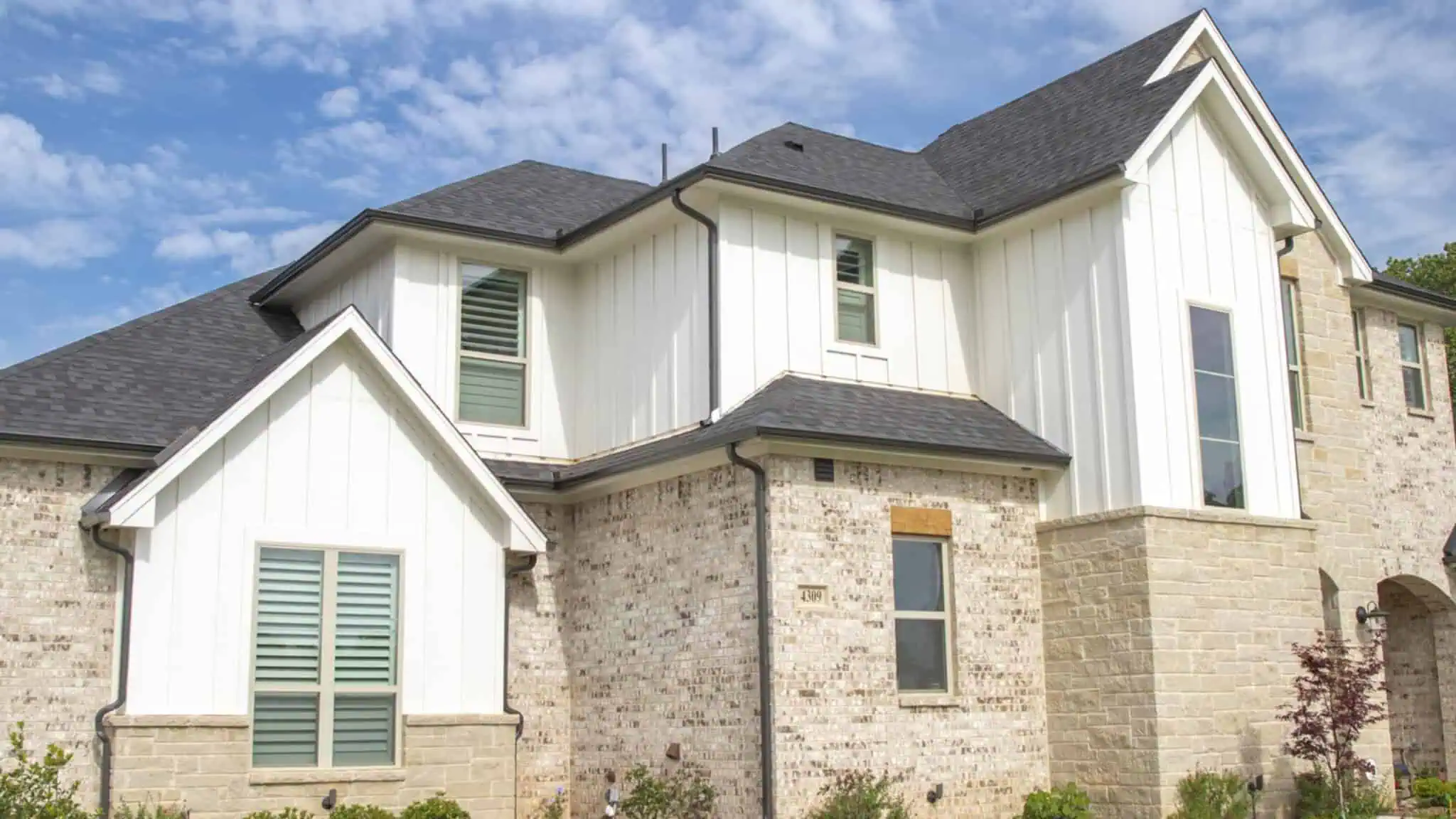You’re ready to build your dream home — exciting, right? But before you put pen to paper, there’s one thing that could make or break your entire experience: how close they are to your build site.
Now, you might think, “Well, what’s 20 or 30 miles?” But here’s the deal — if your builder is juggling projects all over the map, it won’t take long before your home gets pushed to the back burner.
When a builder can’t be on-site regularly:
✔ Issues get overlooked
✔ Deadlines get pushed back
✔ Costs start creeping up
✔ And before you know it, your dream home is a mess of delays and budget surprises
Truth is, if your builder isn’t local, you’re asking for trouble.
Here are 5 reasons why:
1. Delayed Timelines
A builder who’s spread too thin just can’t be there when you need them. And when they can’t be on-site to solve problems fast, minor hiccups turn into major holdups.
Maybe a supplier drops off the wrong materials, or a subcontractor does something that wasn’t in the plans. If your builder isn’t around to catch these issues early, you could be looking at weeks — sometimes months — of delays.
2. Higher Travel Expenses
Think a builder’s travel time doesn’t affect you? Think again.
Many out-of-town builders pass those extra fuel and lodging costs right onto homeowners. You might not see it as a separate line item, but trust me, it’ll show up somewhere in your final price. And let’s be honest — wouldn’t you rather put that money toward a wraparound porch or upgraded countertops instead of paying for your builder’s commute?
3. Lack of Supervision = More Mistakes
Every home build comes with surprises — some good, some not-so-good. The problem is, when a builder isn’t around to keep an eye on things, those small mistakes can snowball into major structural issues.
Think misaligned framing, plumbing in the wrong place, or even foundation mistakes that don’t get caught until it’s too late. And fixing those kinds of problems? That’s not cheap.
A local builder makes sure things stay on track so that you don’t get stuck paying for expensive do-overs.
4. Unreliable Subcontractors
A builder who’s not from the area might not have strong relationships with local tradespeople. That means they could end up hiring subcontractors who are available instead of the ones who are reliable.
When that happens, you’re more likely to get:
- Inconsistent quality
- Missed deadlines
- Work that needs to be redone
A local builder works with the same trusted crews over and over — people they know will do the job right the first time.
5. Less Accountability
At the end of the day, a builder who isn’t part of your community might not feel as much pressure to protect their reputation.
If an issue pops up a year after move-in, will they be willing (or even available) to make it right? Or will you be left chasing someone who’s already moved on to their next out-of-town project?
A local builder has skin in the game. They’re building in the same neighborhoods where they live, where their kids go to school, and where their reputation matters. That’s the kind of builder you want in your corner.
How to Make Sure You Hire the Right Builder
Want to make sure your builder will be around when you need them? Here’s 4 key steps to take:
Step 1: Check Their Service Area
Most builders have a defined geographic range. Before you commit, ask them if your home site is within their primary service area. If it’s not, you might be looking at extra costs or — worse — less frequent site visits.
Step 2: Ask How Often They Visit Job Sites
Frequent on-site supervision keeps projects running smoothly. Ask how often they check in on active builds. Do they have a set schedule? Can they drop in when needed? A builder who’s always nearby can solve issues before they become expensive problems.
Step 3: Look for Local Reviews & Reputation
The best way to know if a builder is reliable? See what past clients say. Check online reviews, ask for references, and look for homes they’ve built in your area. A strong local reputation is a great sign that a builder is invested in their work.
Step 4: Meet Them in Person
Nothing beats a face-to-face meeting. Sit down with them, ask about their process, and see how they handle unexpected challenges. If they dodge your questions or seem disorganized, that’s a red flag.
Proximity = Peace of Mind
A builder can only handle so many projects at once, and if yours is too far away, you will feel the impact.
Hiring local means fewer surprises, faster problem-solving, and a builder who’s fully invested in your home’s success.
Because at the end of the day, you’re not just building a house—you’re building a home. And that’s something worth getting right.
Want More Insider Tips? Get the Free Guide
Hiring the right builder is just one piece of the puzzle. If you want to avoid costly mistakes and build with confidence, grab our free guide:
7 Things You Must Know Before Designing a New Home
Inside, you’ll find:
✔ How builders price variations
✔ What to look for in a contract proposal
✔ The biggest myth about copyright
✔ How to spot a bad builder early
✔ And much more!


